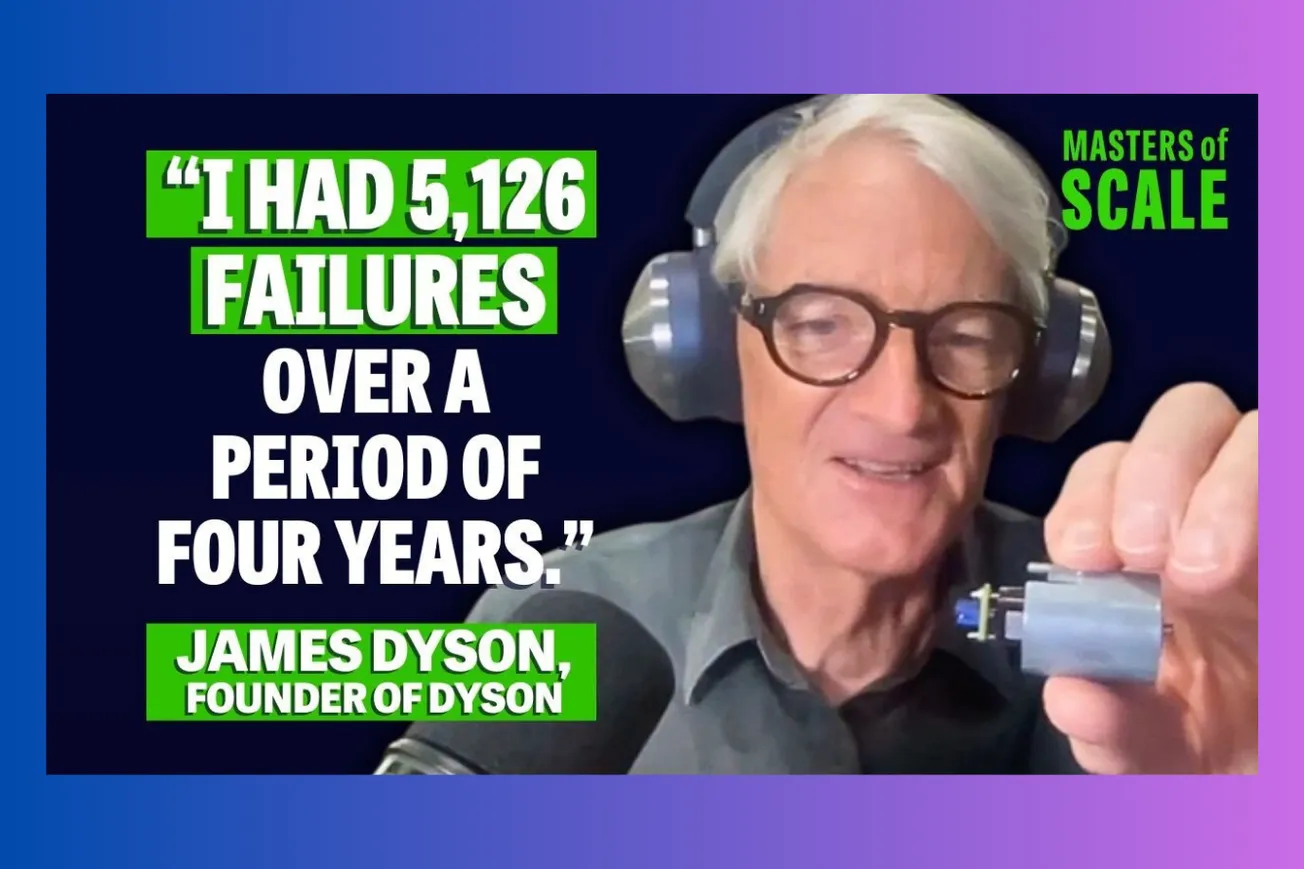Table of Contents
Key Takeaways
- Gold surged to a record high above $3,350 per ounce as investors flocked to safe havens amid global uncertainty.
- The U.S. dollar dropped to a three-year low, undermined by trade tensions and concerns over Federal Reserve independence.
- President Trump’s tariff blitz and public criticism of Fed Chair Jerome Powell have rattled markets and fueled volatility.
- Central banks and institutional investors are increasing gold reserves, while global gold ETFs saw massive inflows.
- Stock markets remain mixed, with tech sectors hit hard and oil prices falling on demand worries.
- The European Central Bank cut rates for the third time this year, highlighting global monetary policy divergence.
- Analysts warn that the reputational hit to U.S. fiscal and monetary policy is prompting a reassessment of the dollar’s safe-haven status.
- Technical indicators suggest gold may be overbought, but the medium-term outlook remains bullish amid persistent uncertainty.
Gold’s Record-Breaking Rally: Drivers and Implications
- Gold prices soared past $3,350 per ounce, marking a new all-time high and a year-to-date gain of over 27%, as investors sought refuge from mounting economic and geopolitical risks.
- The rally is driven by a combination of safe-haven demand, recession fears, and a sharp decline in the U.S. dollar, which has lost nearly 10% from its January peak.
- Central banks have continued their gold-buying spree, with reserves expanding for the twentieth consecutive month, and gold-backed ETFs attracting $21 billion in inflows in Q1 alone.
- Market analysts point to persistent trade tensions, especially U.S. tariffs on China and other major economies, as a key catalyst for the surge in gold prices.
- The gold market’s technical indicators, such as the Relative Strength Index (RSI), suggest the metal is overbought, but fundamental demand remains robust.
- Some experts caution that a price retracement toward $3,100 could occur before the next leg higher, yet projections for $3,500 and beyond are gaining traction.
Gold’s historic rally underscores its enduring appeal as a hedge against uncertainty, particularly when confidence in fiat currencies and monetary policy wavers.
Dollar at a Three-Year Low: Causes and Consequences
- The U.S. dollar index has fallen below 99 for the first time since 2022, with the euro and yen among the biggest gainers against the greenback.
- This decline is attributed to investor fears over the Trump administration’s tariff escalation and the perception that U.S. policymaking has become a geopolitical variable.
- President Trump’s public threats to fire Fed Chair Jerome Powell have raised doubts about the Federal Reserve’s independence, further eroding the dollar’s credibility.
- French Finance Minister Eric Lombard warned that “Donald Trump has hurt the credibility of the dollar with his aggressive moves on tariffs,” and that removing Powell would damage it even more.
- The weakening dollar has made gold and other non-dollar assets more attractive, accelerating capital flows out of U.S. markets.
- Safe-haven currencies like the Swiss franc and Japanese yen have appreciated more than 9% against the dollar, reflecting a broader loss of confidence.
The reputational hit to U.S. fiscal and monetary policy is “not fading quietly into the next news cycle”—it’s prompting a global reassessment of the dollar’s role as the world’s reserve currency.
Trump vs. Powell: Political Tensions and Market Fallout
- President Trump’s escalating feud with Fed Chair Jerome Powell has become a focal point for market anxiety, with Trump declaring, “If I want him out, he’ll be out of there real fast, believe me.”
- Powell has stood firm, insisting he will not resign early and emphasizing that central bank independence is a “matter of law.”
- Trump’s criticism centers on Powell’s warnings that tariffs are “highly likely to generate at least a temporary rise in inflation” and his reluctance to cut interest rates.
- The standoff has unsettled investors, who fear that undermining the Fed’s independence could destabilize financial markets and the broader economy.
- Chicago Fed President Austan Goolsbee highlighted the consensus among economists that central bank independence is essential for effective monetary policy.
- The ongoing dispute has contributed to the dollar’s slide and increased demand for safe-haven assets like gold.
This political drama is not just a Washington spectacle—it’s having real and immediate consequences for markets and the global economy.
Tariffs, Trade Wars, and Global Economic Uncertainty
- Trump’s sweeping tariffs, particularly on Chinese goods (up to 145%), have reignited fears of a global trade war and stoked inflationary pressures.
- China has retaliated with tariffs as high as 125% on U.S. products, escalating tensions and complicating trade negotiations.
- Several countries, including Japan, are actively negotiating with Washington to mitigate the fallout, while China warns against deals that undermine its interests.
- The World Trade Organization has cautioned that these policies could trigger a global trade slide in 2025, with ripple effects across supply chains and growth prospects.
- Stock markets have responded with heightened volatility: tech stocks have been hit hard, while Asian markets have shown mixed performance depending on local factors.
- Oil prices have dropped amid concerns about weakening demand and slowing global growth, adding another layer of uncertainty.
Trade policy has become a dominant market driver, with every new tariff announcement or negotiation update sending ripples through equities, currencies, and commodities.
Central Banks and Monetary Policy: Diverging Paths
- The European Central Bank (ECB) cut rates for the third time this year, lowering its deposit rate to 2.25% in an effort to support growth amid trade-related headwinds.
- The ECB’s more accommodative stance contrasts with the Fed’s cautious approach, as Chair Powell warns of the risks of stoking inflation while growth slows.
- Analysts expect the U.S. central bank to resume rate cuts in June, with a total of 100 basis points of easing projected for 2025.
- The euro’s surge—up more than 9% since late February—has helped contain imported inflation in the eurozone, giving the ECB more flexibility.
- Central banks globally are reassessing their reserve strategies, with many increasing gold holdings as a hedge against currency volatility.
- Diverging monetary policies are amplifying currency market swings and influencing capital flows across regions.
The interplay between trade policy and central bank decisions is shaping the investment landscape, with gold and the euro emerging as key beneficiaries.
Gold’s record-breaking ascent and the dollar’s sharp decline reflect deepening investor anxiety over trade wars and political interference in monetary policy. Until confidence in U.S. economic leadership is restored, safe-haven demand and currency realignment are likely to remain dominant market themes.









